Sensory gardens……there has been a lot of hype about these kinds of gardens lately . But what exactly are they? Let’s explore the elements and learn how to engage your senses through plants and accessories. Can this be a garden for you? Learn how you and others can benefit from a sensory garden.

(Some of the links within this post are affiliate links on which I receive a small compensation from the sale of certain items with no extra cost to you.)
(As an Amazon Associate I earn from qualifying purchases.)
What is a Sensory Garden – Exploring the Elements
A sensory garden, as it implies, is a garden that triggers all your senses, including sight, sound, smell, touch and taste (visual, auditory, olfactory, tactile, and gustatory systems).
According to the Denver Art Museum a “sensory garden is a garden that creates an accessible outdoor space for visitors of all ages and abilities to engage with and enjoy plants and accessories that evoke the 5 senses”.
It is a place to enjoy nature on a daily basis. Sensory gardens provide a quiet interlude on a hectic day. It is a safe haven in which to touch, feel, smell, taste, and hear the surrounding nature.
Once entering the garden, your senses are invigorated by the aroma of fragrant flowers, the feel of soft, velvety lamb’s ear leaves, the sight of an array of beautiful, vibrant colors, the taste of minty herb flavors, and the tranquil sounds of a gentle fountain or the song of a native bird.
Benefits of a Sensory Garden
Sensory gardens help you slow down, pause, take a breath and reconnect with yourself. This type of mindfulness enables you to become more aware of and appreciate your surroundings.
They are meant to captivate you so that you can actively engage in nature…to create interactions and make deeper connections.
The environment in a sensory garden creates a sense of wonder and awe and provides you with a place to recharge and focus.
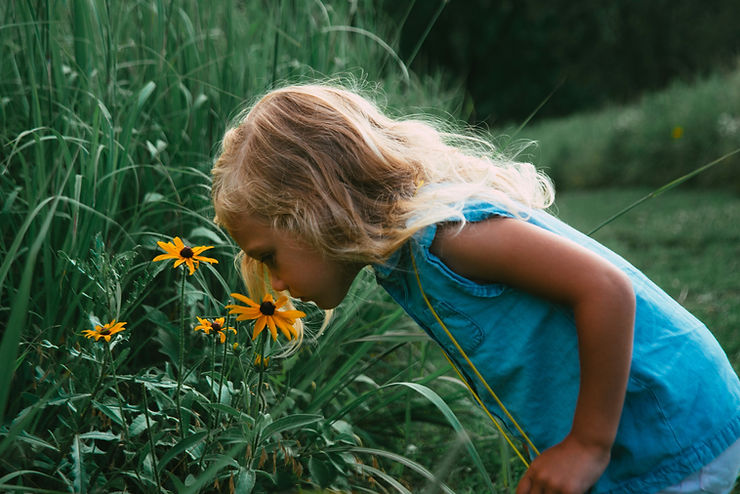
Mental Health
Therapeutic benefits include positive impacts on mental health and emotional well-being. The simple act of participating in nature has been proven to de-stress and calm people. Sensory gardens decrease symptoms of anxiety and depression.
Physical Health
In addition to improving your mental health, sensory gardens enhance your physical well-being. These gardens are structured to encourage people of all ages and abilities and disabilities to interact with nature. The layout of the garden allows those in wheel chairs or others who are physically challenged to easily maneuver and participate in activities throughout the garden.

Interacting with the plants and performing tasks to maintain a sensory garden greatly improves a person’s physical health.
Sensory Exploration
A sensory garden enables people to explore nature through their senses. Visually impaired and other sensory impaired individuals individuals greatly benefit from this experience.
In particular individuals who experience sensory overload or who have other sensory processing disorders benefit from sensory gardens. Such persons have extreme reactions to their senses in which they overreact to too much or too little stimuli.
Depending on a child’s need, you can focus on one sense or multiple senses.

Sensory disorders may be caused by traumatic brain injuries, autism, environmental influences, genetics, prenatal and birth complications, and possibly premature births. No one factor has been identified as a cause of sensory disorders.
Sensory Garden Therapy helps a person become more aware of their surroundings by physically responding to them.
For more on benefits from gardening, click here.
Benefits For All
Who Is Your Audience?
There are many questions you have to ask yourself before designing your garden, including for whom this garden is intended.
Yourself?
If this garden is for yourself, consider the type of garden you would prefer. Do you experience a passive day and perhaps would enjoy settling into a space with more vigor? Then consider bright, colorful, hot colored flowers that will stimulate the eye and revitalize you.
Perhaps your daily life is constantly go, go, go. Then incorporate aromatic plants and fragrant flowers to soothe you at the end of the day or whenever you have a chance to experience your sensory garden.
A Child?
If this garden is for a child, choose non-poisonous plants. You want children to experience all the senses including taste and touch without fear of getting hurt or sick. For more information on plants and children, click “Know The Plants In Your Garden – For Your Child’s Safety” from Children’s Hospital of Philadelphia.

The purpose of a sensory garden for children is to create a space where they can actively engage in their environment, not only through plants but with insects, weather vanes, etc. that are added to your space. Through this engagement they will learn about nature and their senses, and help develop gross and fine motor skills.
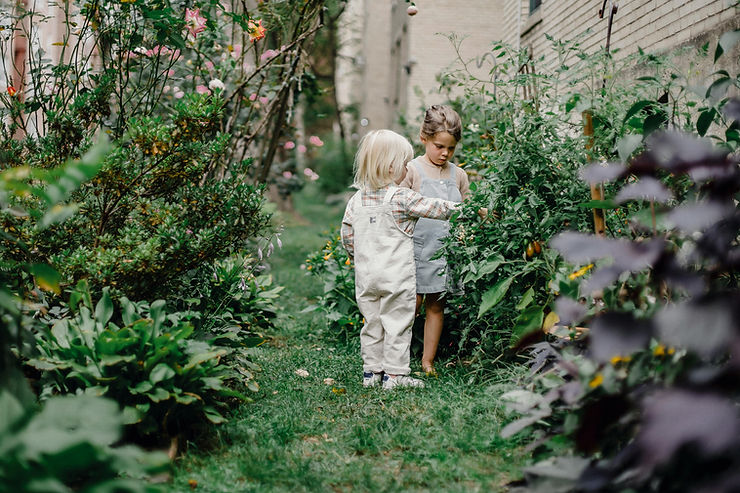
Persons With Disabilities?
Persons with disabilities who have mobility impairments, or those whose senses may be compromised greatly benefit from sensory gardens.
Choose how much stimuli you would like in your garden with respect to the individual for whom you are planning the garden. Too much stimuli will not benefit those who need less stimuli and vice versa.
Dementia?
People suffering from dementia have stress levels that may be heightened due to poor cognitive health. Sensory gardens add a calming space and provide interaction, socialization, and exercise.
This interaction helps keep such individuals calm and interested in their surroundings and helps arouse their senses. Add multiple elements to enhance this stimulation.
Reminiscence Therapy helps dementia patients recollect memories. Our senses trigger memories of long ago, which is why the gardens are sometimes called memory gardens. The sense of smell is a potent memory trigger. Many flowers will stimulate the olfactory system.
In addition to the olfactory sense, pipe in music from their youth. This also calms them as they wander (with purpose) through the sensory garden.
Dementia patients easily get disoriented in their surroundings. Therefore, you want to instill a sense of calmness and confidence by creating a flowing path that naturally guides them back to the beginning. A closed loop path will calmly help them return back to where they started.
Creating an Engaging Sensory Garden Through Accessibility
After you have determined your audience, it’s good to understand and select the plants and features that will best achieve the results you are seeking.
Visually Impaired, Mobility Disability
If you are designing a garden for a person who is a wheelchair user or who has a physical or other mobility disability, plant flowers and shrubs and maintain them at a height that is easily accessible. Create wide pathways with no steps.
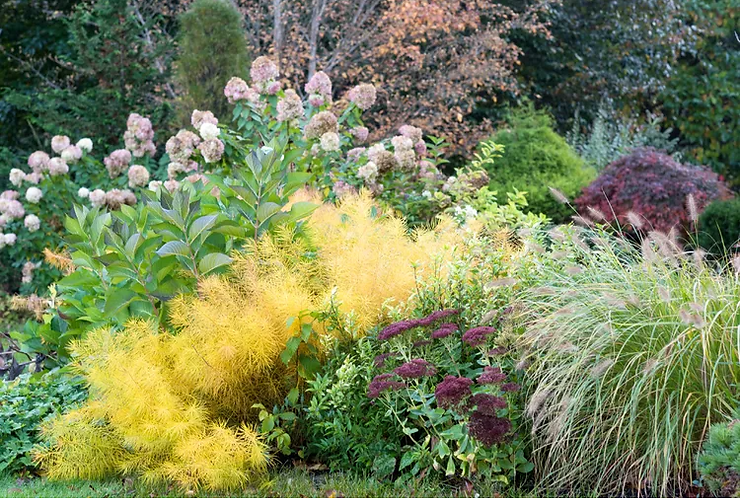
For people with visual impairments, plant plants that are fragrant and have various textures. Provide railings for guidance for visually impaired visitors and for those not steady on their feet.
Raised planter beds are also beneficial for everyone. The plants are brought closer to them rather than their having to seek them out.
Warning: Take into consideration those with allergies and pets in your household when selecting plants to prevent creating a dangerous environment.
A Child’s Garden
Children are very curious and you want to tap into that curiosity at a young age. Choose plants that stimulate their senses, and incorporate interesting insects (larvae; butterflies; honeybees, preying mantis, etc.), accessories such as ponds for fish and frogs, dirt and mud piles, and a small herb garden to capitalize on this sense of wonder and awe.
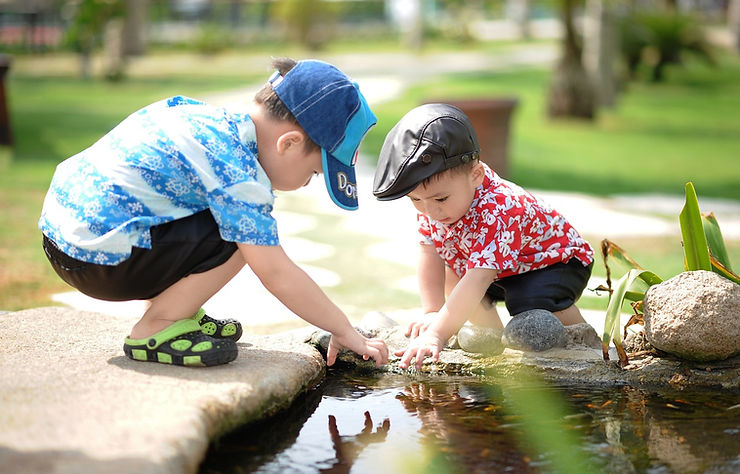
A Garden for All
When designing a sensory garden, it’s important to feature elements that appeal to all the senses. When selecting colors, select for the season, group in clusters, or choose varieties for maximum contrast. Take into consideration colors of pathways, walls, pergolas, etc. Create a balance between calming and stimulating effects; energizing colors vs. restful, soft colors so as not to overstimulate the senses.
Create gardens above your head by adding interesting trees like wispy Weeping Willows or fragrant Eucalyptus Glaucesens.
You will attract many birds, insects and other critters that are drawn to various colors.
Comfort Is Key
In addition to everything else mentioned in this post, comfort is a must. You want to provide comfortable seating for those who tire easily and those who just want to pause and absorb their surroundings.
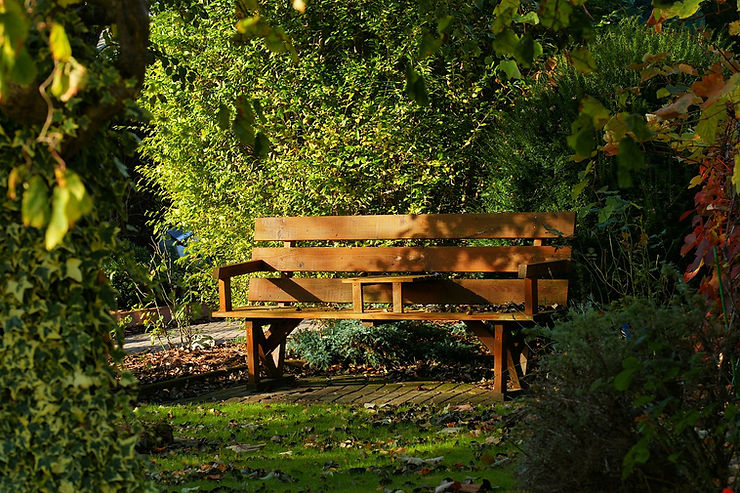
You also want shelter from the sun. Incorporate a natural umbrella from overhanging limbs of trees, a pergola, or even a color coordinated umbrella. A folding canopy can also protect you from the sun and rain. Yellow attracts bees so try to avoid yellow in your umbrella and canopy.
Creating an Engaging Sensory Garden: Plants, Accessories, and Benefits for All
If you would rather visit a sensory garden than create one, Google “how to find a sensory garden near me” and you will probably be able to locate one near you.
I hope you have enjoyed learning about sensory gardens. My next blog will feature actual plants and accessories that enhance the senses. Please review that and enjoy creating your own sensory garden.
As always, if you need help designing a sensory garden or any form of garden, I can help. Click the SERVICE section of the menu for more information.
Please comment below and share this post with friends and family.
Happy Gardening,
Nina
bestgardeningforbeginners@gmail.com
https://bestgardeningforbeginners.com
